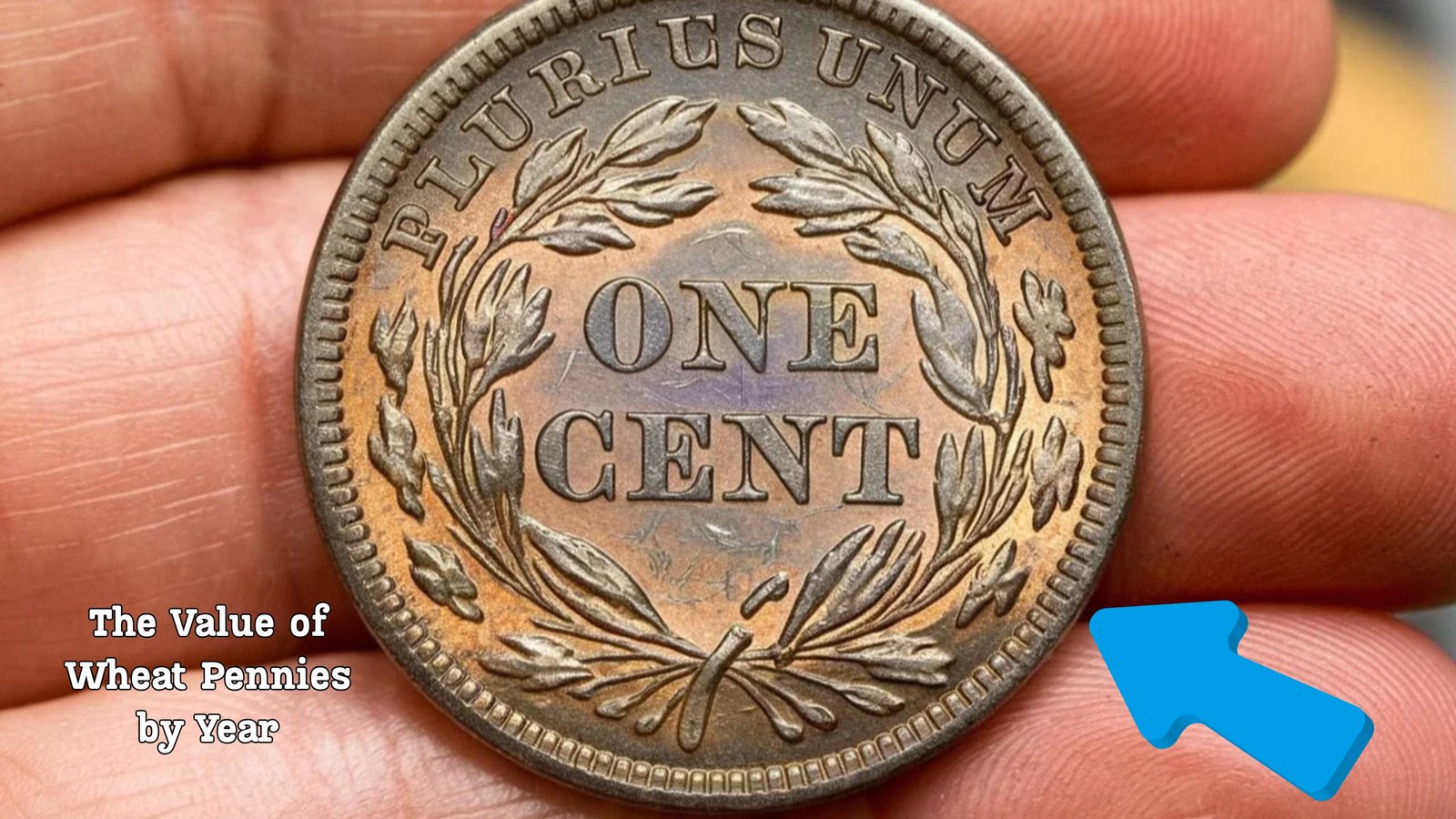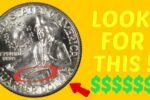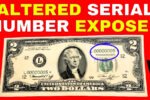The Value of Wheat Pennies by Year : The Lincoln Wheat penny, minted from 1909 to 1958, remains one of the most beloved and collected coins in U.S. history. With its classic design and historical significance, it’s no wonder collectors are eager to uncover its hidden treasures — some worth mere cents, others worth thousands of dollars.
Whether you’re a beginner or seasoned numismatist, understanding the value of Wheat pennies by year can help you identify key dates, rare varieties, and potentially valuable coins hiding in your change jar.
What Makes a Wheat Penny Valuable?
Not all Wheat pennies are created equal. Here are a few key factors that influence value:
- Rarity: Low mintage years and error coins are more valuable.
- Condition (Grade): Higher-grade coins (uncirculated or mint state) fetch higher prices.
- Mint Mark: Pennies minted in San Francisco (S) or Denver (D) may be rarer than Philadelphia (no mint mark).
- Errors & Varieties: Double dies, off-center strikes, and transitional metals increase value.
Wheat Penny Values by Year (Select Highlights)
Here’s a breakdown of notable Wheat pennies by year, including their approximate values in circulated and uncirculated condition:
| Year | Mint Mark | Circulated Value | Uncirculated Value | Notes |
|---|---|---|---|---|
| 1909 | No mint | $2 – $12 | $30+ | First year of issue |
| 1909-S | VDB | $750 – $1,500 | $2,500+ | Rare & highly sought after |
| 1914-D | D | $200 – $2,500 | $5,000+ | One of the rarest |
| 1922 | No D | $500 – $4,000 | $10,000+ | Only known year with missing mint mark |
| 1931-S | S | $40 – $100 | $150+ | Low mintage |
| 1943 | D/S/No | $0.10 – $1.00 | $5 – $10 | Common steel cents |
| 1943 | Bronze | $60,000 – $200,000+ | $1M+ (MS) | Ultra-rare error coin |
| 1944 | Steel | $75,000+ | $100K+ | Transitional error – very rare |
| 1955 | No mint | $1 – $20 | $50 – $1,000+ | Famous doubled die error |
| 1958 | Doubled Die | $20,000+ | $100,000+ | One of the rarest errors |
| 1958-D | D | $0.05 – $0.25 | $2 – $10 | Common final year |
How to Tell If Your Wheat Penny Is Valuable
- Check the Date and Mint Mark: Look under the date for a small letter — “D” (Denver), “S” (San Francisco), or none (Philadelphia).
- Inspect the Condition: Mint-state coins are shinier, well-detailed, and show minimal wear.
- Look for Errors: Search for doubling, off-center strikes, or coins struck on the wrong metal.
- Weigh It: Bronze pennies weigh about 3.11 grams; steel pennies weigh 2.7 grams. A 1943 penny that isn’t steel? That could be gold in disguise.
Most Valuable Wheat Pennies Ever Sold
- 1943-D Bronze Penny – Sold for $1.7 million
- 1944 Steel Penny – Sold for over $100,000
- 1958 Doubled Die Penny – Auctioned for $100,000+
Pro Tip: Have Your Penny Graded
If you think your Wheat penny may be rare or in excellent condition, have it graded by a professional service like PCGS or NGC. A certified grade can dramatically increase a coin’s value and appeal to collectors.
Final Thoughts
While most Wheat pennies are worth only a few cents, certain years and varieties can be worth thousands. Collecting them is not only fun but potentially profitable. Whether you inherited a collection, enjoy coin roll hunting, or just want to explore your pocket change, knowing the value of Wheat pennies by year is a key step to uncovering hidden treasure.
FAQs: Value of Wheat Pennies by Year
1. What is a Wheat penny?
A Wheat penny is a U.S. one-cent coin minted between 1909 and 1958. It features Abraham Lincoln on the front and two wheat stalks on the reverse — hence the name “Wheat penny.”
2. Are all Wheat pennies valuable?
No, not all are highly valuable. Most common-date Wheat pennies (especially from the 1940s and 1950s) are worth 2 to 10 cents in circulated condition. However, rare dates, mint errors, and high-grade examples can be worth hundreds or even thousands of dollars.
3. Which Wheat pennies are the most valuable?
Some of the most valuable include:
- 1909-S VDB – $750 to $2,500+
- 1914-D – $200 to $5,000+
- 1922 No D – $500 to $10,000+
- 1943 Bronze – $60,000 to $1 million+
- 1955 Doubled Die – $1,000 to $15,000+
- 1958 Doubled Die – $20,000 to $100,000+
4. What do mint marks mean?
Mint marks indicate where the coin was produced:
- No mark = Philadelphia Mint
- D = Denver Mint
- S = San Francisco Mint
Some mint marks, like 1943-D (bronze error), are associated with very rare coins.




